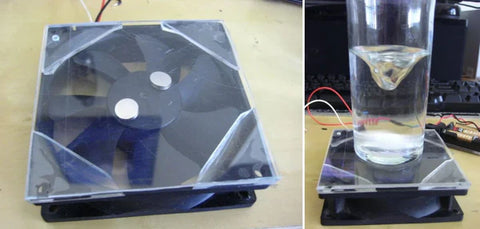Understanding Defrost Cycles on Refrigerators and Freezers
By Doran Amos, 04 July 2022
Defrosting is an essential step in maintaining your laboratory refrigerator or freezer to ensure that it continues to provide adequate and stable cooling for your stored items.
Defrosting offers a number of key benefits:
- It keeps the evaporator coils frost-free, enabling them to cool the interior of the refrigerator or freezer effectively;
- It maintains good airflow in the refrigerator or freezer, so that the air temperature is stable and uniform thr...

How to select the right lab oven
By Doran Amos, 31 March 2022
Confused about which lab oven you should buy? In this comprehensive article, we help you to pick the right one by breaking down the main oven types, their pros and cons, and their typical applications.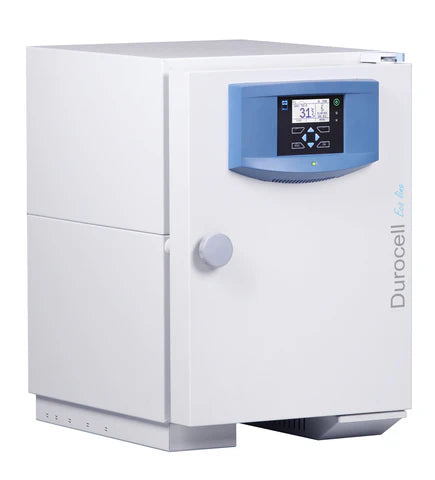
What is the best protocol for centrifuging blood to prepare PRF?
By Doran Amos, 10 September 2021
Platelet-rich fibrin (PRF) can be prepared from a patient's blood to aid in wound healing, but how can the quality of the PRF be maximized? In this article, we summarize the latest evidence about how best to prepare PRF using a centrifuge.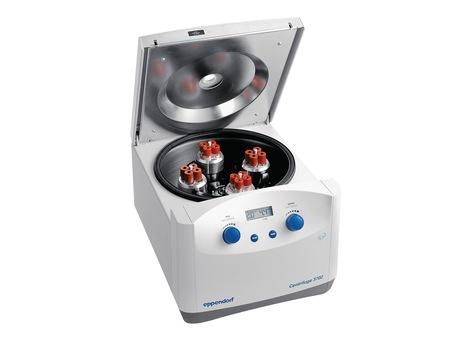
What is the optimal centrifugation protocol for preparing PRP?
By Doran Amos, 17 August 2021
Platelet-rich plasma (PRP) is widely used to promote tissue repair and bone growth—but what is the best way to prepare it? In this blog, we guide you through the latest research and recommendations on optimizing the collection, centrifugation and storage of PRP...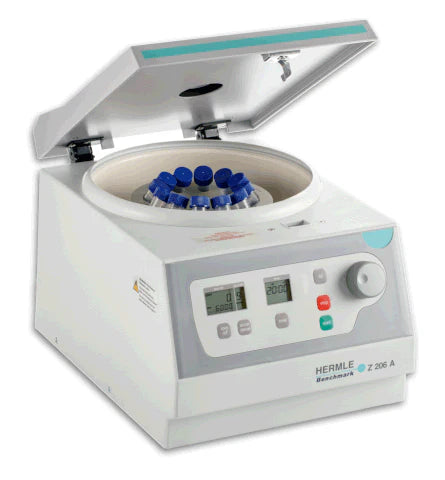
Using an Ultrasonic Homogenizer to Process Substances for Human Consumption
By Aimee O'Driscoll, 08 July 2021
We examine the issue of trace amounts of titanium in samples and what you can do to limit risks.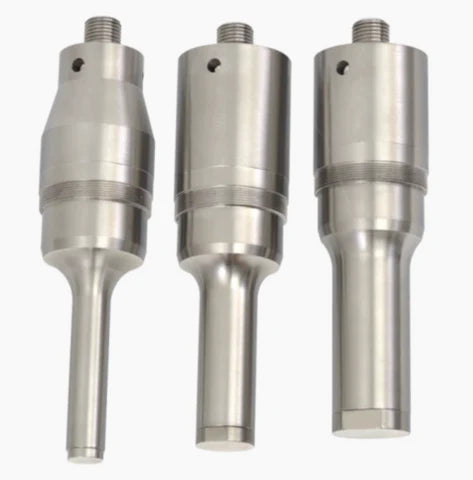
How to Make a Lab Centrifuge
By Aimee O'Driscoll, 04 July 2021
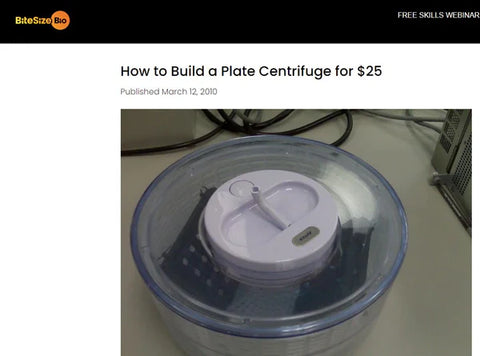
Certificates of Calibration
![]() By Carlton Hoyt, 23 June 2021
By Carlton Hoyt, 23 June 2021
Various types of equipment require calibration to ensure accuracy of readings and settings. For example, a lab balance needs to be calibrated regularly to ensure weight measurements are correct according to the accuracy expected of the balance. Overhead stirrers are calibrated to ensure speed settings are accurate, and fridges, freezers, and temperature chambers require calibration so that temperature settings are accurate.
While some calibration is conducted in-house, many laboratories are mandated or choose to have manufacturers or third-party service providers carry out calibrations for them. Once complete, each unit is issued a certificate of calibration.
In this post, we reveal what a certificate of calibration is a...
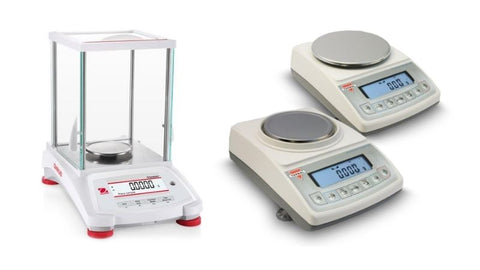
Bead Mill Homogenizers vs. High Pressure Homogenizers
By Aimee O'Driscoll, 22 June 2021
Need to decide between a bead mill homogenizer and a high pressure homogenizer? We describe both technologies including their pros and cons and reveal which applications they're most suitable for.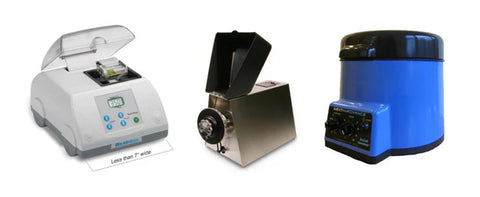
Azeotropes in Rotary Evaporation
By Aimee O'Driscoll, 21 June 2021
Azeotropes can often help or hinder rotovap processes. We discuss what azeotropes are and how they could impact your rotary evaporation application.
How to Make an Orbital Shaker
By Aimee O'Driscoll, 02 June 2021
Orbital shakers are vital pieces of equipment in many labs but they can often stretch the budget. We review several sets of instructions for building your own shaker for a fraction of the cost of purchasing new equipment.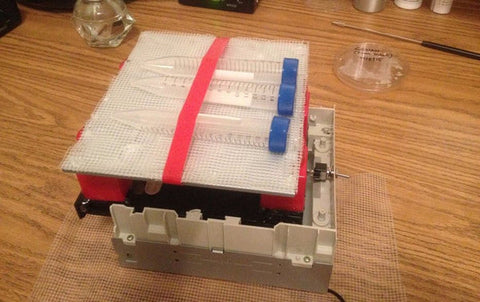
Ultrasonic Homogenizers Versus High Pressure Homogenizers
By Aimee O'Driscoll, 19 May 2021
We take a look at the pros and cons of ultrasonic homogenization and high pressure homogenization. We also offer a comparison of the two technologies and summarize which types of applications each is most suitable for.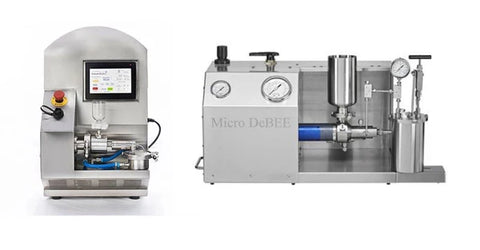
Scaling Up a Rotary Evaporator Process
By Aimee O'Driscoll, 12 May 2021
Scaling up a rotovap process can be straightforward but requires some consideration. We reveal the main factors you need to bear in mind.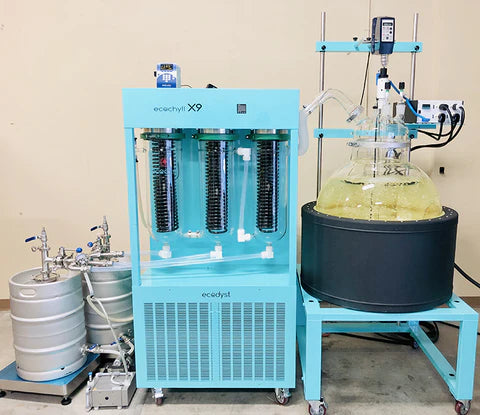
Best Practices for Using an Ultrasonic Bath
By Aimee O'Driscoll, 11 May 2021
Using an ultrasonic bath improperly can cause a range of issues. Discover the key best practices to follow to ensure you use your bath safely and efficiently.
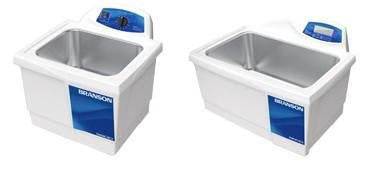
How to Degas a Solution Using an Ultrasonic Bath
By Aimee O'Driscoll, 09 May 2021
Trapped gases in liquids can be undesirable for many applications. We explore why we might need to degas solutions and how to do this using an ultrasonic bath.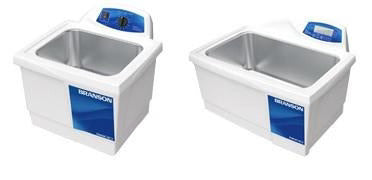
How to Make a Magnetic Stirrer
By Aimee O'Driscoll, 24 April 2021
If you're on a budget, making your own magnetic stirrer might be an option. We take a looks at several designs of DIY magnetic stirrers to help you pick the most suitable one to try.